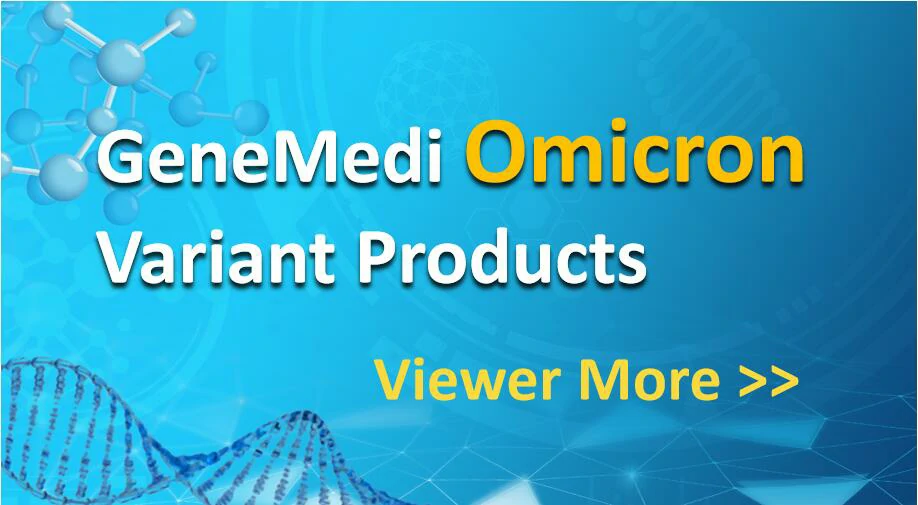Apoptosis inducer (BCL XL inhibitor) Overexpression of anti apoptotic Bcl-2 family members (including BCL XL) is one of the mechanisms for cancer cells to obtain apoptosis resistance. Drugs that block the BH3 binding domain on BCL XL can trigger cancer cell apoptosis. Telanstadine and its analogues Targeted spliceosome is a large ribonucleoprotein complex involved in […]
Category Archives: diagnostic article
There are so many payloads, like MMAE, Calicheamicin, MMAF, DM1, SN-38 and Dxd. Pyrrole benzodiazepines and indole chlorobenzodiazepines Pyrrolo [2,1-c] [1,4] benzodiazepine (PBD) is a natural product with antitumor activity. Their mode of action is selective alkylation in small grooves of DNA, in which the N2 of guanine forms a covalent bond with the electrophilic […]
There are so many payloads, like MMAE, Calicheamicin, MMAF, DM1, SN-38 and Dxd. Calendula Auristatins is an important payload used in ADC. The most famous family member MMAE exists in two listed drugs, adcetris and Polivy. At present, more than 10 kinds of ADCs with calendula (such as MMAE) or methylcalendula f (MMAF) […]
Table2. Chemical triggers Conjugate linker is not only the molecular part forming covalent connection between antibody and small molecule payload, but also the key element with design properties in targeted drug therapy. The addition of linkers should not induce aggregation, and it is necessary to ensure acceptable PK characteristics, limit the premature release (stability) of […]
1. Mylotarg® (gemtuzumab ozogamicin) from Wyeth/Pfizer was the first ADC to reach the market. It is composed of a recombinant humanized anti-CD33 mAb (IgG4κ antibody hP67.6) covalently attached to a calicheamicin derived payload (N-acetyl-γ-calicheamicin 1,2-dimethyl hydrazine dichloride) via a pH-sensitive hydrazone linker. 2. Adcetris® (brentuximab vedotin) from Seagen (formerly Seattle Genetics), containing a CD30-specific mAb conjugated to […]
FDA approved Antibody-drug conjugate (ADC) for clinical use Clinically, most of the ADC drugs approved by FDA are IgG1, and the targets are CD33, CD22, HER2 and so on. The most common payload is MMAE, also contains calicheamicin, DM1. ADC drugs are mainly used in the field of antitumor, which is one of the hot […]
Controlled Fab arm exchange (cFAE) has proven to be a generic and versatile technology for the efficient generation of IgG-like bispecific antibodies (DuoBodies or DBs). This involves the recombination of antigen-binding arms (heavy chain–light chain (H-L) pairs) between individually expressed antibody molecules and is termed Fab-arm exchange, can be modified to make the routine generation […]
Since an IgG antibody has two antigen-binding fragments (Fab) both of which link to an Fc region, there had long been a concept of an asymmetric bispecific IgG antibody capable of binding to two different antigens or epitopes. The asymmetric reengineering technology immunoglobulin (ART-Ig) is a humanized asymmetric bispecific IgG antibody. An asymmetric bispecific IgG […]
Rat-mouse hybrid IgG is a monoclonal antibody with binding sites for two different antigens, typically CD3 and a tumor antigen, making it a type of bispecific monoclonal antibody. In addition, its intact Fc-part can bind to an fc receptor on accessory cells like conventional monospecific antibodies. The net effect is that this type of drug […]
Tribodies are multifunctional recombinant antibody derivatives. The Fab fragment serves as a specific heterodimerization signal, and the two scFv fragments are each fused to a different Fab chain. In this way we obtain a molecule of intermediate molecular weight (100 kDa) which allows incorporating three different antibody fragments (Fig. 1). This manifold, tribody, can be […]




